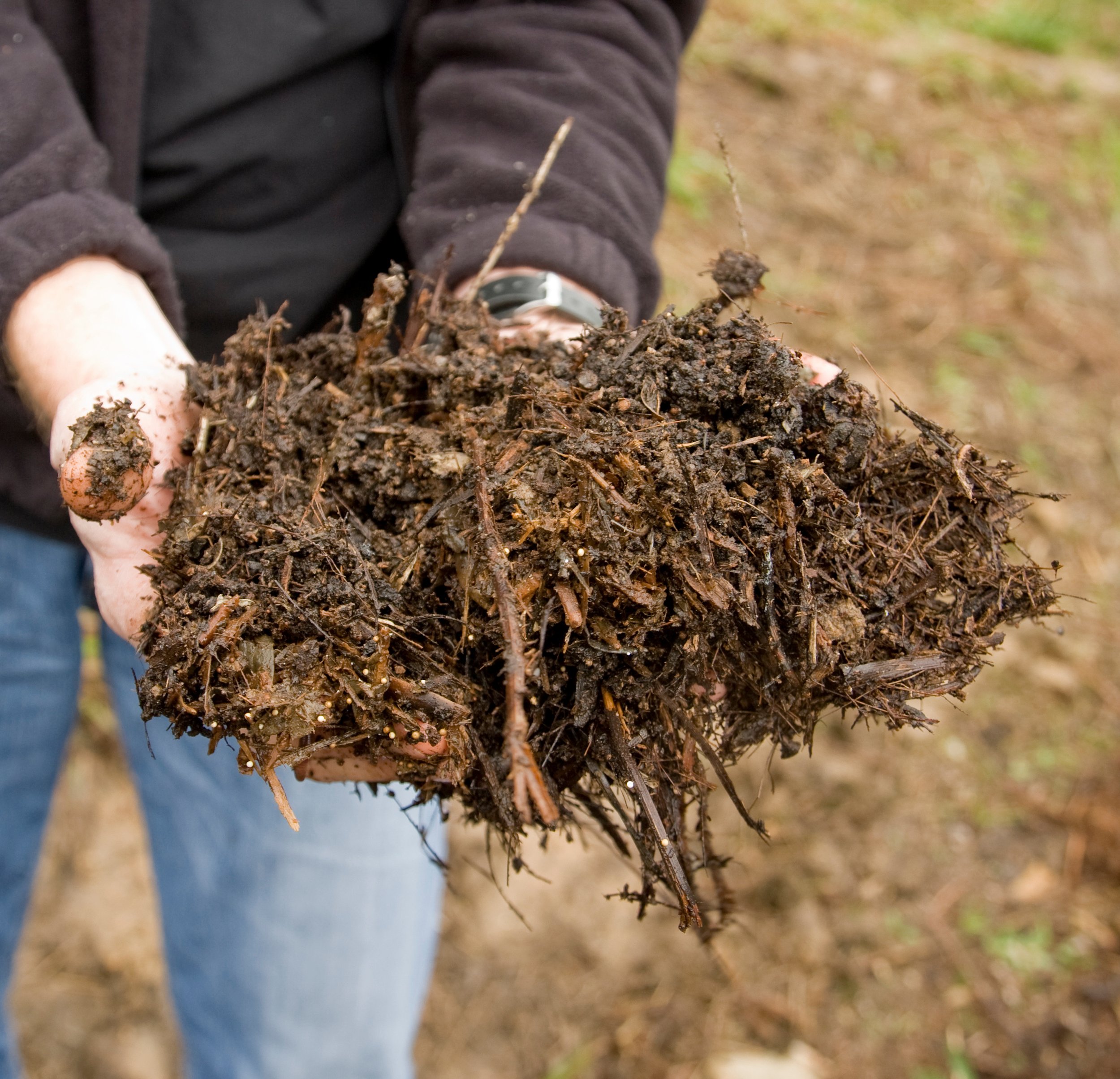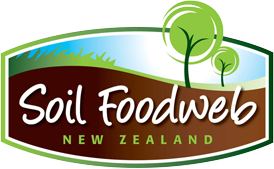
The Compost Foodweb
It is organic matter which can vary in nature depending on the ingredients used in the starting mixture. In this material certain organisms grow and release metabolic heat and metabolic products.
Generally the most well known reasons for making compost are:
To add organic matter to the soil
To increase soil fertility
To add structure to the soil
However, there are several other extremely valuable reasons:
To repopulate the soil with micro-organisms
To add foods to feed the existing soil biota
To increase plant immunity to a host of diseases – if the compost is made properly
What is Compost?
Vermicast
Worm composting involves the use of compost worms. They consume the bacteria fungi, nematodes and microarthropods growing in and on the organic matter. The passage through the worm’s digestive system alters the microbe community reducing pathogens and producing plant promoting species. However, weed seeds are not affected as there is no heating process. The starting materials should be the same as for thermal compost, except the woody component should be shredded to 1 to 1.5 cm in size. Within 1 – 2 hour’s in a healthy worm bin bacteria and fungi will have been inoculated onto the freshly added foodstocks and within 4 or 5 hours all open surfaces will have an impressive layer of microbes covering them. Protozoa, nematodes, microarthropods and of course worms are attracted to the new material.
Good Compost
Is ‘mature’ which means that the correct set of organisms are present for the plant desired, temperature has reached nearly ambient levels, N-immobilisation has been completed and Nutrient cycling is occurring. Properly made compost can be guaranteed to contain huge number of organisms which will migrate out into the soil after compost application.
Of course, any addition of organic matter will ultimately be beneficial for the growth for some plant, but different plants need different sets of organisms to keep them healthy. By adjusting the carbon:nitrogen ratio in the starting materials, compost can be ‘matched’ to the desired plant.
The greater the diversity of foodstocks used to make compost, the greater the number of species presents and the happier the plants will be.
Types of Compost
There are several different processes by which good compost can be made e.g.
Thermal Composting
Heat is produced by bacteria and fungi that kills weed seed and kills or reduces human and plant disease-causing-organisms during the composting process. The mix of starting materials controls the temperature and therefore the time between turning events. Maintaining the temperature between 55oC to 65oC for 3 days or so will be sufficient to kill pathogens at the same time as preventing significant loss of the diversity. The compost process is complete when the temperature remains steady at ambient levels. As the compost cools, protozoa, beneficial nematodes and microarthropods come out of the dormant stages. These organisms consume the huge numbers of bacteria and fungi present and get the nutrient cycling going, making nutrient available for the plants.
